7 Tips for Navigating Life Transitions with Ease
Life is a series of transitions. In my recent coaching sessions, I’ve noticed a strong theme. Coachees have come with specific questions around confidence or getting better at setting boundaries or a longing for the comfort of past life stages. But it all typically distills to the same thing really – that life changes – and we often find ways (either consciously or subconsciously) to resist that change.
We typically go through a standard pattern of transitions in our lifetime. From childhood, through teenage years, into our 20’s-30’s, mid-life (crisis perhaps!) and then retirement - yet these transitions never look exactly the same in any individual context. We all manage transitions differently.
Transition might look like changing a job, graduation, entering the workforce after a career as a professional athlete, parenthood, a return to work after maternity leave, retirement, downsizing, or loss of a loved one. All transitions create moments of challenge and confusion but equally, they pave the way for growth and new beginnings.
Cultivating the right mindset is key. While we could label this journey as simply change, change can be highly ambiguous and uncertain. I prefer the more positive label of transition which implies more of a process; something with a clear start, middle and end point - no matter how circuitous the route might be between these points.
The INSIGHT Model (Palmer & Panchal, 2011) is a 7-step coaching tool designed to facilitate a positive experience of transition and enable self-management of future transitions.
1. Increase self-knowledge
Navigating transitions is aided by strong self-awareness and knowledge. Playing to our strengths is a great way to ensure that while we’re transitioning to something new, we maximise our transferrable skills and experiences to enable continued confidence and growth. Clarity around our own values, identity, and purpose, provides a solid foundation for decision-making in transition which is better able to weather the storm of any external expectations.
2. Normalise transitions
Transitions are normal, everyday phenomenon, experienced by us all. In 1969 Kübler-Ross developed a change curve which she used to describe transition attributed to grief. Bridges (in 1995) evolved this model to further describe a developmental coaching journey from uncertainty and resistance to acceptance and commitment. It maps associated emotions with each phase and, with the assistance of coaching, can help to facilitate a smoother transition. Understanding that transitions are normal helps to counter feelings of isolation and positions the process as an integral part of development.
3. Support positive coping
Resilience through any transition is bolstered by supportive coping mechanisms. This will of course vary by individual and links back closely to the first point about having strong self-knowledge. Adequate sleep, movement, and nutrition are foundational components supporting a positive transition.
Gratitude practices play a support role here, as does reframing of undermining thoughts. Identifying suitable support resources and networks - “your tribe” – has proven to be one of the greatest determinants of resilience.
4. Integrate past, present, and future
Revisiting past transitions can be a great way of reminding ourselves that we have competently navigated tough times in the past. With that knowledge we can identify what coping strategies might be beneficial for the future, what we have learned about transition, and how we have come to develop and grow as a result.
Working in reverse we might also choose to write a letter to ourself from the future. In this way we imagine that everything has gone well, and things have turned out just the way we hoped they would. This promotes a positive future evaluation without us getting trapped by limiting self-beliefs. Past evaluations create a sense of agency for current situations while future evaluations can help us manifest a desirable future outcome.
5. Give time and space
Thoughts and emotions can play an active and often inhibiting role in transition. Allowing sufficient time to collect and process thoughts and emotions is highly supportive of the overall journey. Time and space can be actively explored using mindfulness techniques, meditation, silence, or journaling - and is often an invaluable complement to coaching. (To learn more about our mindfulness programmes for Individuals, click here).
6. Highlight broader context
Contextualising transition can also be a useful way to plot relevant factors influencing a transition and to subsequently draw reflections which may be supportive of the process. Such influences might include cultural, community, organisational or social factors. For example, COVID-19 is an important influential factor playing a role in the context of all transitions currently. Acknowledging how it might be impacting a current transition may lead to greater self-compassion through the process as it’s a circumstance largely out of individual control.
7. Tailor solutions
Finally, the overriding goal of coaching is to enable sustainable change via the creation of tangible goals, strategies, solutions, and action plans. Creating SMART (specific, measurable, achievable, realistic and time-bound) or EXACT (explicit, exciting, assessable, challenging and time-bound) goals is a useful way to gain clarity around a transition end point. Establishing an action and evaluation plan is an important add-on to stay accountable. It will help to track progress and recalibrate if and where needed.
Are you going through your own transition at the moment? Why not set up a free Discovery Call to learn more about this model and how a coaching session can help. Talking through an example of this for initial guidance can provide a supportive framework you can then replicate on your own - leaving you with clarity, control and confidence - and fully empowered for future successful transitions.




